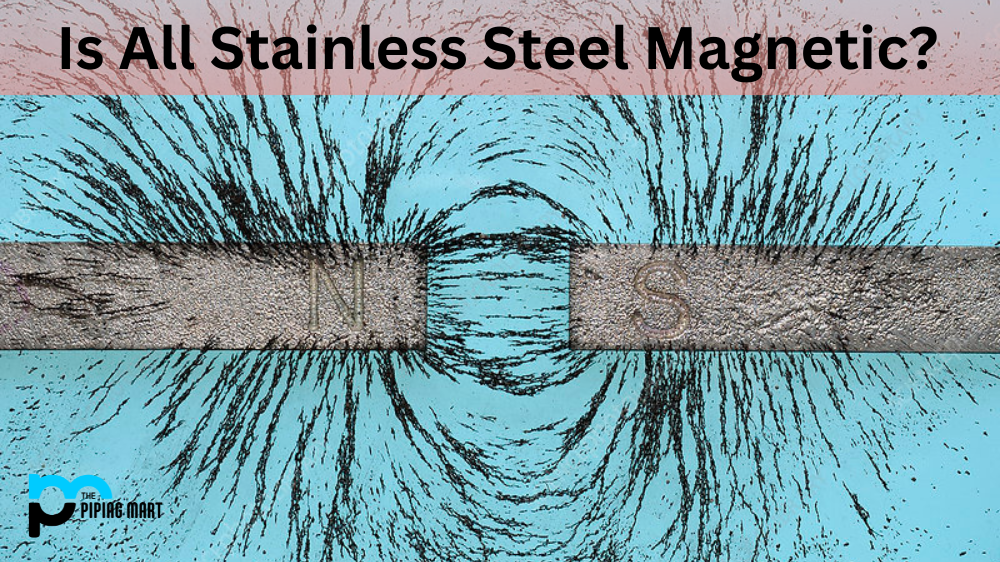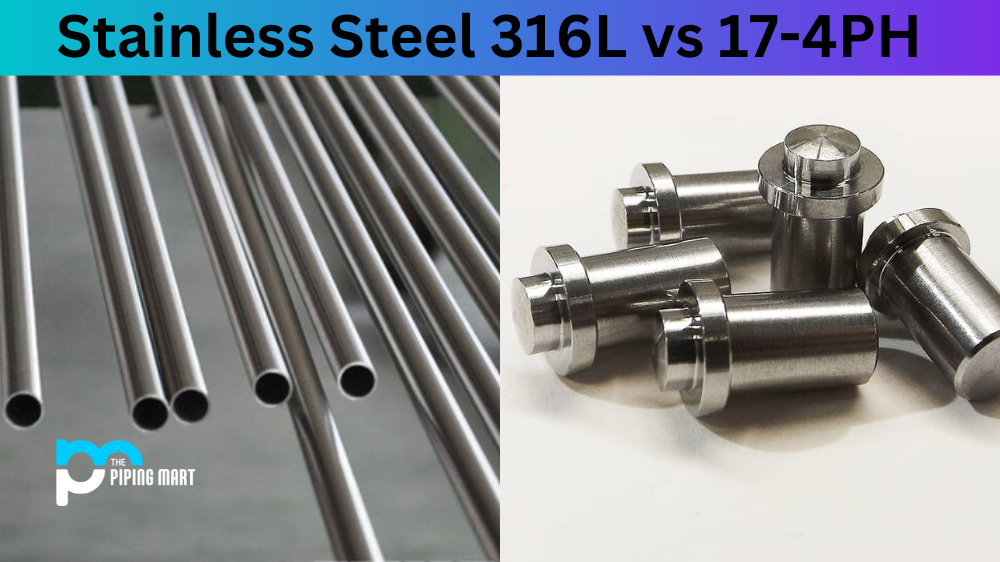Have you ever been curious about whether or not all stainless steel is magnetic? You’re not alone! With so many different types of stainless steel on the market today, it can be hard to keep track of which materials are magnetic and which aren’t. In this blog post, we’ll answer that question and go into more detail about why some stainless steel is magnetic and other types are not.
The short answer to the question of whether all stainless steel is magnetic is “No”. Stainless steel contains iron and so many people assume that it must be magnetic as iron is a naturally occurring magnet, but not all grades of stainless steel are created equal. Different grades of stainless steel will provide varying levels of magnetism and some grades contain very low amounts of iron, making them almost non-magnetic. A great example of this is type 304 grade stainless steel which has higher corrosion resistance than other grades but yet still no significant attraction to magnets. Understanding the different types of stainless steel and their associated magnetism can be useful in determining which grade will work best for your particular application.
Types
Not all stainless steels are created equal. Depending on the material composition, there are several different types of stainless steel that have varying levels of magnetism. The most common type is 304-grade stainless steel. This type contains 18% chromium and 8% nickel and has excellent corrosion resistance properties, and can be used in many applications such as kitchen utensils and appliances, medical equipment, automotive parts, etc. It is non-magnetic in its annealed condition but can become slightly magnetic when cold worked.
The second type is 316-grade stainless steel which contains 16–18% chromium, 10–14% nickel, 2–3% molybdenum, and traces of carbon. It also has excellent corrosion resistance properties making it suitable for harsh environments such as marine applications or areas exposed to saltwater spray or chlorine solutions. Unlike 304-grade stainless steel, which can become slightly magnetic when cold worked, 316-grade stainless remains non-magnetic even when cold worked due to the addition of molybdenum in its composition (molybdenum prevents the formation of ferrite, which would otherwise make the metal magnetic).
Conclusion
To sum it up – not all stainless steels are created equal! While 304 grade may become slightly magnetic when cold-worked, 316 grade remains completely non-magnetic regardless if it has been cold-worked or not due to the addition of molybdenum in its composition. Knowing what type you need for your application is key to ensuring that you get the desired results from your product or project! We hope this post has helped clarify any questions you may have had about magnetism in relation to different types of stainless steel. If you have any further queries, please don’t hesitate to contact us at Metric Marketing! We’re always here to help!
Sakshee is a talented blogger, with a particular focus on the Business and Metal Industry. She is passionate about sharing her insights on various metal products and helping professionals to make a better decisions.




